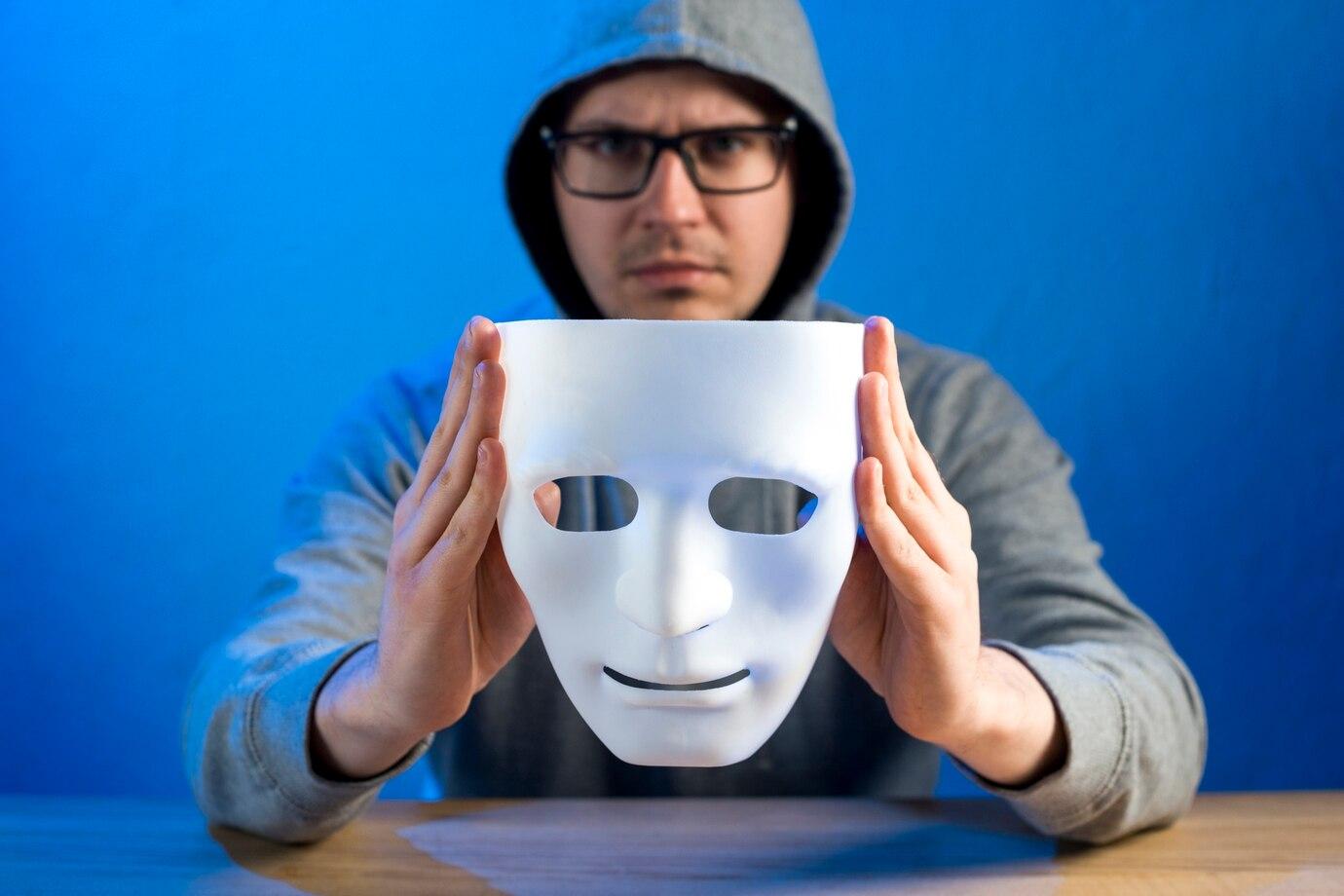In recent years, technology has changed significantly, and video production has become more accessible thanks to powerful editing tools and the dissemination of information via the internet. However, this change came at a cost with the emergence of deepfake technology, which carries serious risks for users.
Understanding Deepfake Technology
Deepfake is a technology for creating fake videos in which real people may appear to be engaging in actions they never did. This effect is achieved using artificial intelligence algorithms and machine learning. The development of such technologies began in 2014 and gained popularity from 2017 onwards. One of the first and most famous examples of deepfake was a video using the likeness of an actress, which sparked much debate about the moral and ethical aspects of this technology.
However, deepfake is not just entertainment. With the development of this technology, darker sides have emerged, including use in fraud and cyberattacks.
How Does Deepfake Work?
Creating a deepfake requires significant computational resources and technology. The main tool here is the Generative Adversarial Network (GAN). Additionally, deepfake requires a vast database of images or videos featuring the target person. The more data available, the higher the chances of success in creating a believable fake. However, even with limited data, impressive results can be achieved.

Fraud with Fake Videos
With the development of deepfake, fraudsters began using this technology to implement various schemes. One of the most common is the creation of fake videos featuring celebrities or business people. These videos can be used to spread false information, defamation, or manipulate public opinion. In some cases, fraudsters use deepfake for financial scams, faking video calls and deceiving victims.
For example, in one case, a fraudster used deepfake to create a fake video featuring the CEO of a large company, in which he gave instructions for transferring large sums of money. The victim, convinced of the video’s authenticity, followed the instructions, and the company lost significant funds. This highlights the serious risks businesses may face.
Another aspect of fraud using deepfake is its impact on users' psyche and perception. In a situation where videos become easier to fake, trust in visual content decreases. Users begin to doubt the authenticity of videos and can become victims of misinformation. This can lead to not just financial losses but also damage the reputation of people and organizations.
Moreover, the spread of fakes can lead to social unrest. For example, fake videos with politicians can cause public dissatisfaction or even violence. Thus, the impact of deepfake on public perception and social relations also requires close attention.

Cyberattacks and Security
Cyberattacks are another area where deepfake demonstrates its threatening nature. The use of technology for conducting attacks is becoming increasingly common. For instance, attackers can create fake videos with a key company employee, faking negotiations about a contract or financial operations. Such actions can lead to the loss of confidential information or funds.
One direction for using deepfake in cyberattacks is the creation of compromising video recordings that can blackmail the victim. This can be especially dangerous for government services and high-profile businessmen.
Vulnerabilities in Security Systems
The difficulty in protecting against deepfake lies in the lack of reliable methods for its detection. Although experts are developing various solutions to identify fakes, methods for creating deepfakes also continue to evolve. This creates a kind of "arms race" between fake creators and developers of technologies for their detection. Some platforms, such as Facebook and Google, have begun actively seeking solutions to combat deepfake, but a complete answer to this problem does not yet exist.
Given the threat associated with deepfake, users and organizations need to think about their security. The primary strategy for protection is awareness. Before believing in the authenticity of a video, it is important to check the source and assess the context. This is especially relevant in the context of information that spreads quickly on social networks.
Organizations should also implement data protection methods, such as two-factor authentication, and train employees to recognize potential risks. It is important to know that work systems used for video calls can become particularly vulnerable, as attackers may try to exploit fake within the framework of "trust level".

Ethical and Legal Aspects
The emergence of deepfake technology has raised serious ethical questions. First of all, it is necessary to assess how appropriate it is to use technologies for creating fake content? For example, entertainment videos created in the deepfake genre may seem harmless, yet they can distort the perception of real people.
Legal Measures Against Deepfake
At the legislative level, many countries have begun to take measures to regulate the use of deepfake technology. Some jurisdictions are already adopting laws against creating fake content for the purpose of fraud or cyberattacks. Although it is not yet necessary to introduce comprehensive laws on this issue, it is important for legislative bodies to pay attention to the changing technological environment.
Legal measures may include criminal penalties for fraud using deepfake, as well as new rules for platforms where such content is published. Thus, making changes to legislation can help in combating the threats associated with the use of deepfake.

Conclusion
Deepfake technology represents a powerful tool that can have both positive and negative consequences. However, given its increasing use in fraud and cyberattacks, this technology is becoming a serious threat to users, businesses, and society as a whole. Protecting personal data, raising awareness, and developing new legal measures are necessary steps to combat the negative aspects of deepfake.


